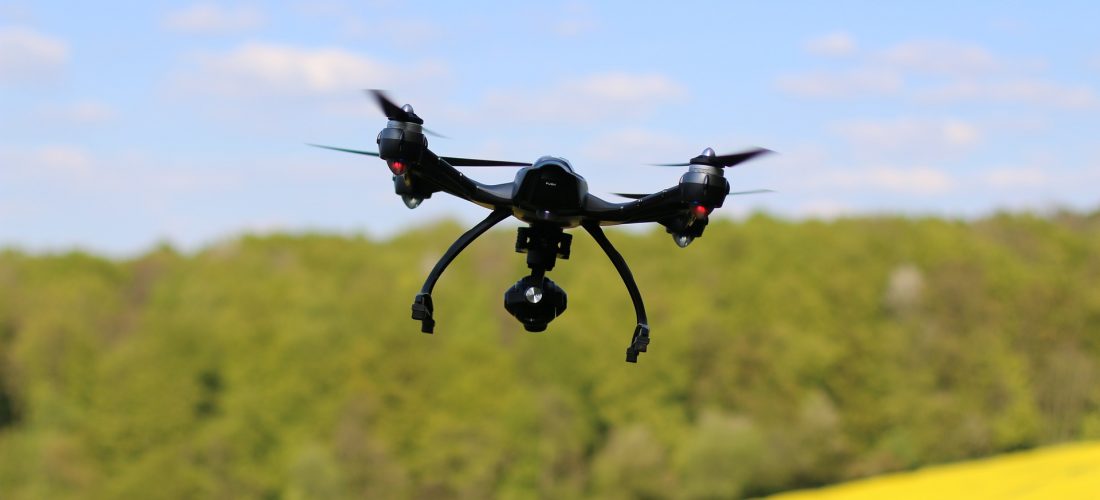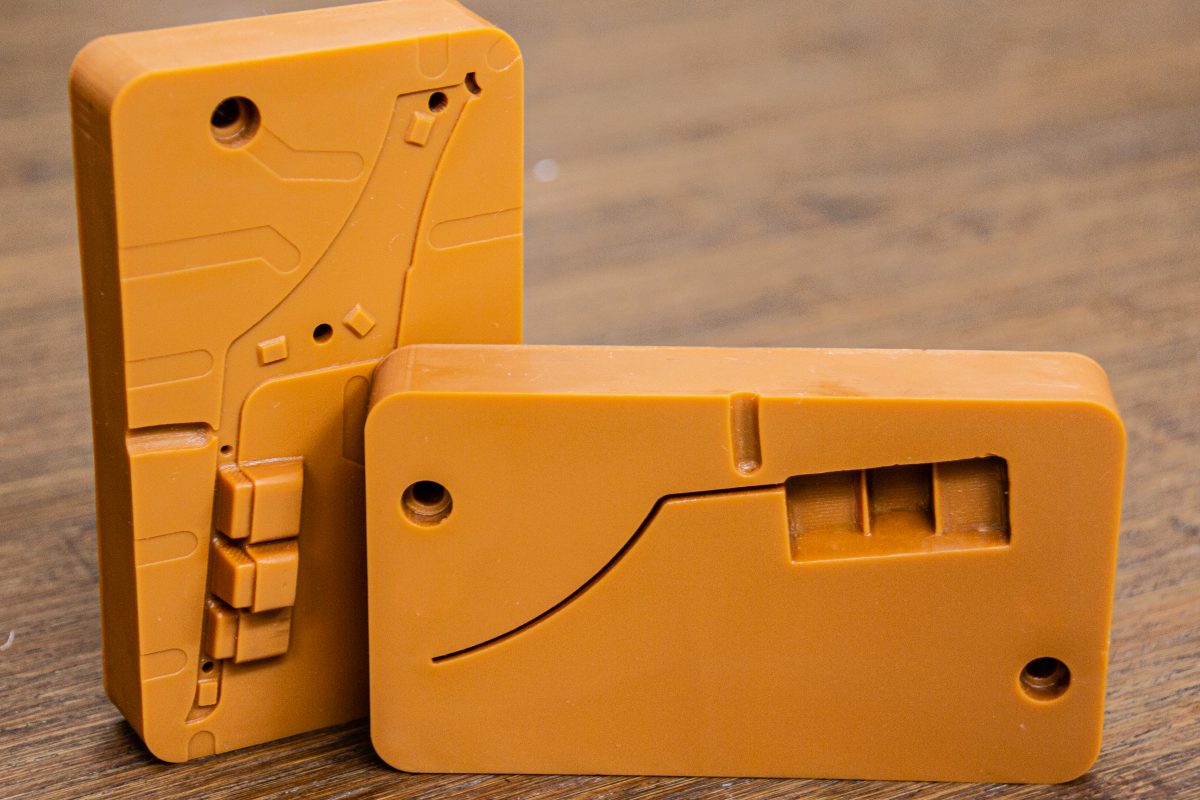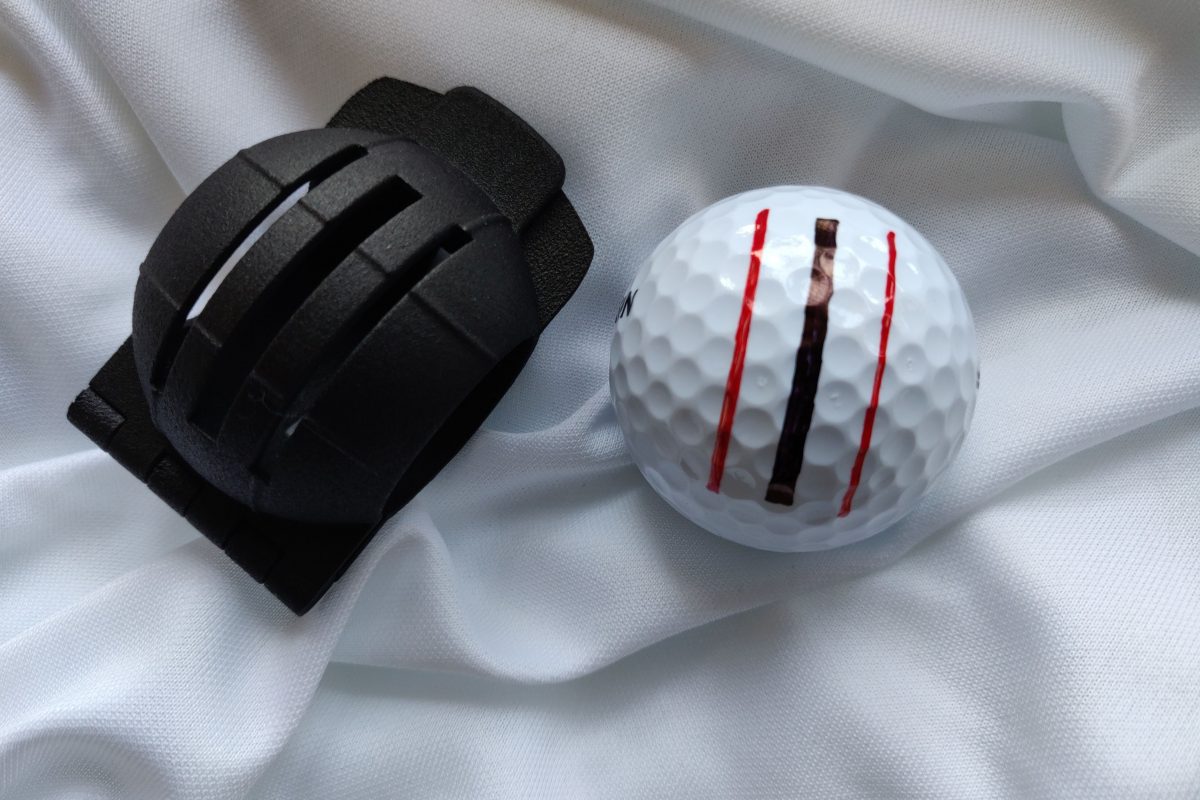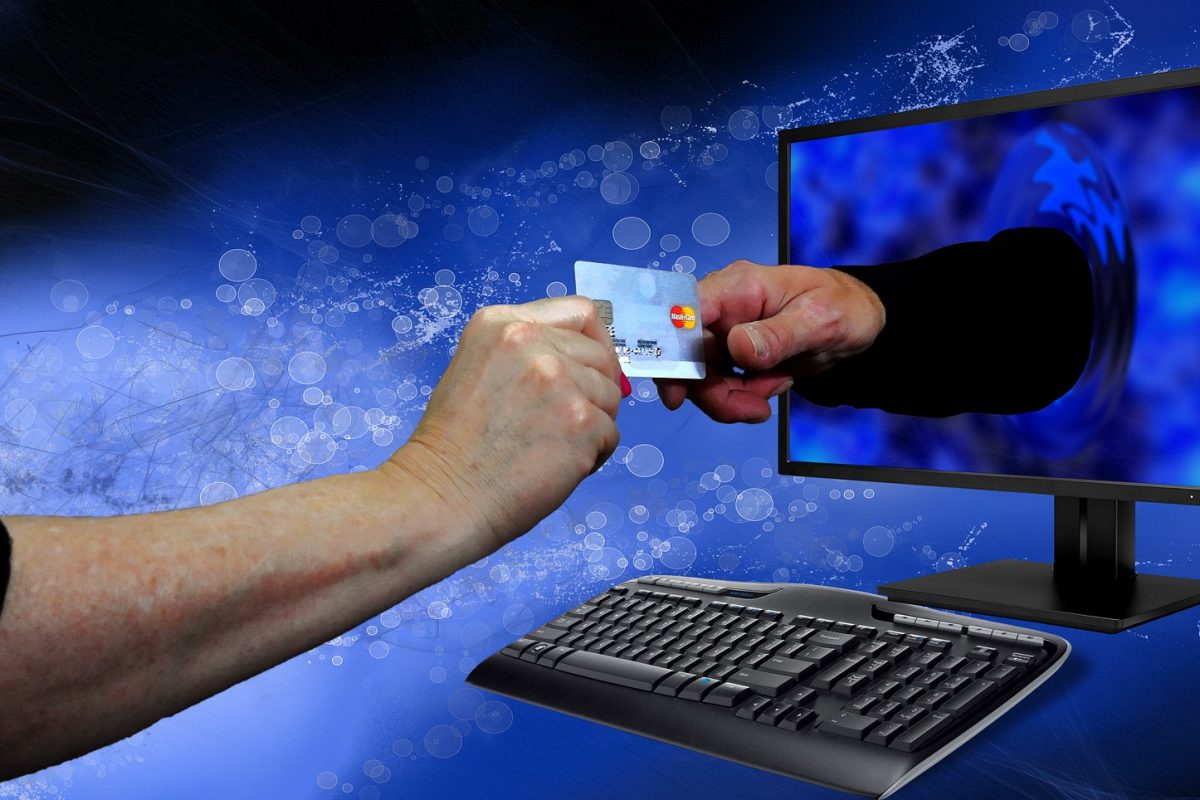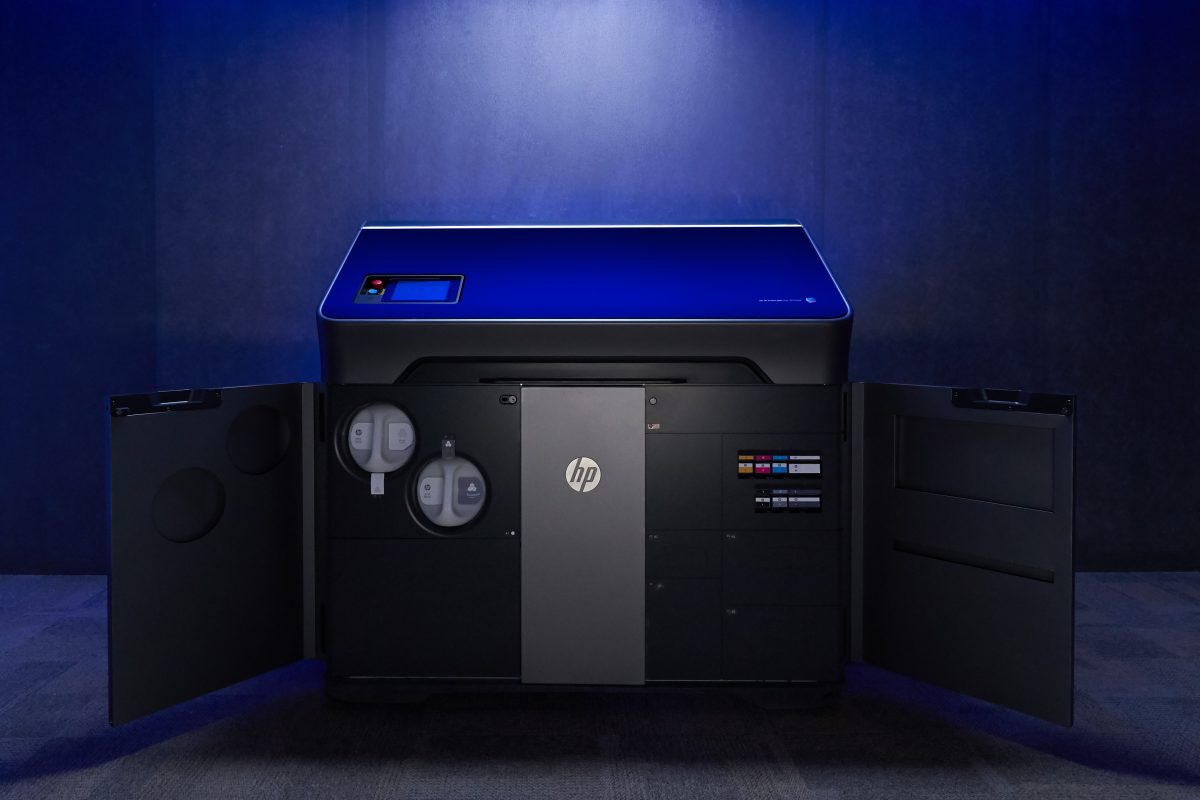Earlier this week I was at the Inside 3D Printing Conference in Santa Clara. I was invited to speak on the topic of 3D printed food. We also saw presentations from industry experts including the CTO of Autodesk, Jeff Kowalski, Hod Lipson, and Terry Wohlers, among others. Why they were all interesting and very insightful, I came away feeling like there was an elephant in the room and nearly everyone missed it.
When people talk about 3D printing, or additive manufacturing as the old guard insists on calling it, the conversation always seems to start with prototyping and end with customization and personalization. While prototyping is certainly a proven use case, it’s a niche application – just one step in the greater process of bringing a product to market. And while customization and personalization are certainly possible within the digital realm of 3D printing, I don’t think most people realize how difficult they are to execute. As a result, I don’t believe either application will lead to widespread adoption anytime soon.
So what will?
How about 3D printing’s ability to unlock innovation.
In 2006, across all categories, about 34,000 new products were introduced worldwide. It has been estimated that only one out of 1,500 ideas actually becomes a product. So in 2006, something like 50 million ideas didn’t make the cut. There are many reasons. Some just suck. Others too closely resemble something that already exists. But some percentage were valid, and didn’t get produced because product development is expensive and incredibly difficult.
What are some of the roadblocks? The cost of design, the cost of prototyping, the cost of packaging, and the cost of making a mold, among others. In fact, the link above quotes Brian Miller, PRe Plastics’ Director of Operations, who said about 10 percent of inventors who come to him leave with a mold, and about 10 percent of those people make money. “They have to survive the cost of the mold. Very few inventors who come through the door get the mold done, let alone find success”
Some contract manufacturers are trying to change this. I was flying back from California after the show, opened the in-flight magazine and noticed an ad from a plastic injection molding company. In it, they offered to amortize the cost of tooling or bake it in to the product cost altogether.
I can’t tell you how many times people will ask about the cost of a 3D printing a product and when I tell them, say something like, “That would cost about twenty cents to make in China! Why wouldn’t I just do that?” For a moment, let’s explore how much a product like a cell phone case might actually cost.
| ITEM | COST |
| Product Design | $2,000 |
| Prototyping | $1,000 |
| Mold | $5,000 |
| Packaging Design | $2,000 |
| Production (100,000 units x $.20) | $20,000 |
| Packaging (100,000 units x $.20) | $20,000 |
| Shipping from China | $1,000 |
| Warehousing in USA | $1,000 |
| Sales Expense | $20,000 |
| TOTAL | $72,000 |
We’re already at $70,000+ and we’re by no means done. I’ve probably underestimated much of the cost. In total, it’s likely $100,000 or more. Still, you might be thinking, “That’s still only a dollar a unit! Way better than the $15 it would cost to 3D print them!”
Got an extra hundred grand laying around? Me neither.
That’s the meat of the matter for most inventors and entrepreneurs. Getting a new product to market is a massive investment. Even if you do have that hundo burning a hole, you’re betting big that you’ll actually sell your product. If you sell them all for $25 each, your profit would be enormous – $2.4 million. But what if it doesn’t work out as planned? You start cutting price and still can’t move the inventory and in the end sell 1,000 at $10 each. You just lost $90,000 of your (or someone else’s) investment. Not good.
With 3D printing, you’d still have some up front expense. The same $2,000 in product design, and maybe another $1,000 in prototyping, but that’s about it. If you did 100,000 at $25, you’d only make nearly a million, but on the other hand they didn’t sell, your downside is a hell of a lot smaller.
I know this is a simplistic example and probably not representative of the real cost in either case (pardon the pun). But you get my point right? And here’s the kicker – if you started digital and sales did take off, you could always switch over to mass production.
Now look at it from a retailer’s perspective. Their merchants look at new products all the time. Very few make the cut, in part because they take a big gamble too. Redundant inventory in thousands of locations takes serious cash and that shelf space is incredibly valuable. It must be optimized for maximum profitability. Cash flow is king.
Then there is the problem of onboarding new vendors. It’s an expensive and slow process for both the vendor and the customer. Take it from someone in the trenches, the paperwork and cost involved in becoming a vendor for a big retailer is mind boggling. Most of the time, the retailer won’t even work directly with a small supplier. They dish them off to a wholesaler. Bye bye profit margin.
What about eCommerce? Doesn’t that solve the problem? Today, about 7% of all sales happen online. Even in a category like tech accessories, eCommerce only accounts for 25%. The rest happen in stores. You’ve got a much bigger opportunity to move your inventory there.
The other thing I hear frequently is that soon everyone will have a 3D printer in their home and that will crush retail sales. Really? Let’s say it actually happens and 3D printers become ubiquitous. Desktop 2D printers are nearly there and yet less than 10% of all print happens on them. The vast majority of 2D printing is done by someone else – for pay. There are lots of reasons. Complexity, materials, finishing, convenience, and better economics are just some.
3D printing is going retail and when it does, thousands or even millions of new products will become available. Lots of old products will also get a fresh lease on life. Some will be sold online and others will be sold in store. Some will be produced off site and others will be made right before your eyes. And yes, some people will print some of them themselves, some of the time.
3D printing’s real potential lies in unlocking innovation. For consumers it creates a wellspring of new solutions. The lifehacking possibilities are endless.
For designers, inventors, and brands it provides an entirely new way to capitalize on their investment into product development.
For retailers, it destroys the supply chain costs that hamper their growth.
It also gives their customers a reason to come back into stores, because 3D printing is just so damn engaging to watch. Some suggest that the idea of watching products materialize out of thin air will just be a fad. Others suggest it’s more of an opportunity to witness failure.
In his presentation, Mr. Kowalski suggested that the cabinets around desktop 3D printers are clear so we can quickly see them failing. He suggested that you don’t see 2D copiers with clear doors. But, early 2D copiers and printers were nearly as unreliable. The cabinets were closed because light has an impact on photoreceptors. At trade shows and in demo centers, Xerox and other manufacturers had machines with clear doors that exposed the paper path. People stared in awe watching them work. 3D printing will become more reliable and being able to watch the process is a big part of the opportunity.
In many cases with 2D print, it is personalization which has proven a fad. You can order a personalized wall graphic of your kid scoring the winning goal or one of Clay Matthews looking like he’s ready to take your head off. Guess which one sells more.
3D printed prototypes have played an important role in reducing the costs of product development, just like desktop publishing or digital recording did in their respective markets. But the real gains were made when manufacturing and distribution in those industries went digital.
So I’m not saying that prototyping and personalization don’t have their place. What I am saying is that product manufacturing will go digital and when it does there will be a flood of new innovation.
If you’ve been sitting on that great idea for a new shoe tree, faucet handle, or golf cart accessory, hang tight, because soon you’ll have the means to make your vision a reality.



